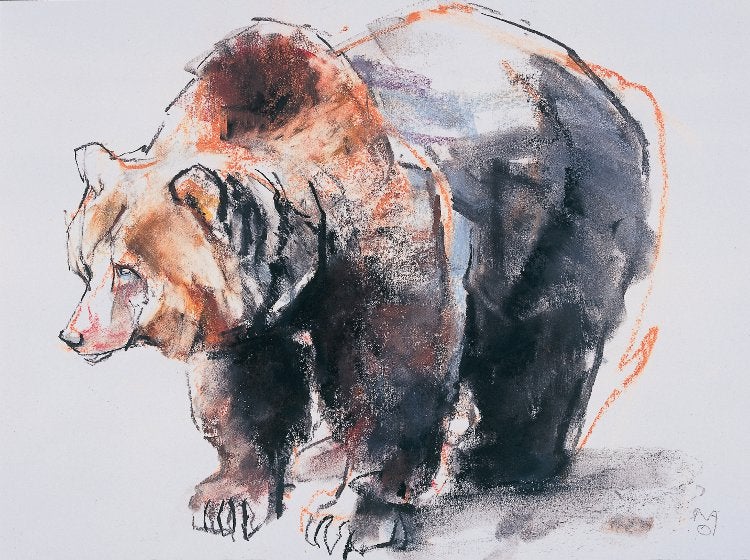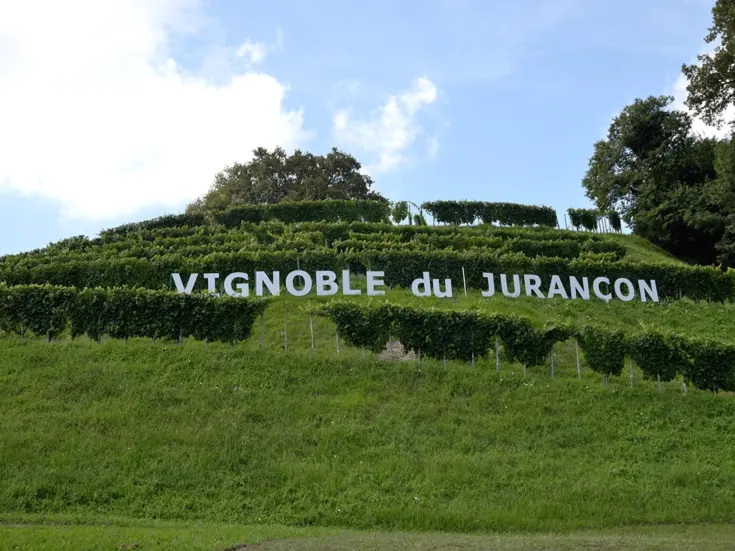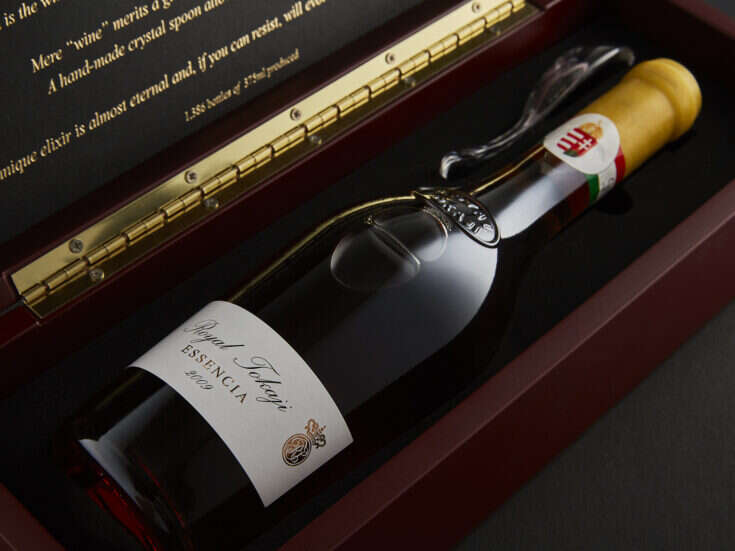
The “mother of all bear markets” is how Wine Asset Managers (WAM) describe the fine-wine market in their June report, more than hinting at their frustration, which is shared throughout the industry. WAM’s funds lost more than 8 percent in the first six months of 2014, following 35 percent declines in the three years from 2011 to 2013, and wiping out the gains made in 2010. While the sterling fund remains up 6.4 percent since launch, the US dollar fund is now down 26.3 percent since its launch in 2009.
Only the previous month, WAM’s May report listed a series of factors that it hoped were “bottom-of-the-market indicators.” This is a common theme among fine-wine players, desperately seeking signs of a turnaround. Liv-ex’s June “Cellar Watch” report cites the demise of four UK wine companies as “indicative that the market is consolidating — and perhaps approaching its floor?”
WAM and Liv-ex have in common a heavy reliance on Bordeaux, and the Liv-ex 50 index — comprising first-growth Bordeaux — continued its losing streak to make it to ten consecutive months of declines. Small wonder, then, that such players are eagerly awaiting “the bottom.” The index is now back around its peak of summer 2008, before a small dip and then the dizzying heights of summer 2011 (fig.1). However, it is far too simplistic to refer to the fine-wine market as though it were a single entity. The fates of different fine-wine prices have diverged significantly over recent years, in two pivotal senses, which I will explore in this article.
Bordeaux v the world
The first necessary delineation when talking of the fine-wine market is in terms of the wine’s region. Bordeaux has followed a trajectory all of its own over recent years (fig.1). Bordeaux first growths are back at 2008 levels, and Bordeaux in general — as represented by the Bordeaux 500 index — is not far behind. Meanwhile, other regions bask in the sunshine, with steady gains over the past six years, ranging from 23.5 percent for the Rhône, to as much as 52.5 percent for Burgundy (fig.1). All too often, the fine-wine market as a whole is equated with Bordeaux, but both the trade and consumers are fast adapting to a world outside Bordeaux.
In the first half of this year, the price ratio of DRC to the first growths reached an all-time high of 5.5:1 (fig.2), compared to an average
nine-year ratio of 4.2:1. The average case of DRC costs £22,700 (or £10,400 excluding La Romanée-Conti), compared to £4,100 for a Bordeaux premier cru. In other words, DRC currently costs five and a half times more than an average first-growth Bordeaux, its premium having risen another 30 percent on top of the already staggering average. Liv-ex identifies this as a potential sign of a Burgundy bubble, and it does indeed suggest that DRC might be overheating.
However, the same analysis, but comparing a wider pool of Burgundies and Bordeaux, shows less drastic results (fig.3). Top Burgundies in general are priced at a ratio of 1.05:1 compared to top Bordeaux — ever so slightly more expensive, whereas they used to cost a fraction less, but hardly indicative of an impending about-turn.
Burgundy continues to enjoy demand, representing a healthy 7.1 percent share of trade on Liv-ex in June. Johnny Goedhuis, chairman of UK wine merchant Goedhuis, believes that, “overall, top Burgundy is still a safe bet.” He reminds us that Burgundy is tiny in comparison to Bordeaux, where “the whole of the Côte d’Or would fit into the Margaux appellation,” and he cites “increasing demand from Hong Kong and Singapore, where they actually drink the wines.”
Nonetheless, says Goedhuis, “one shouldn’t be too depressed about the Bordeaux market.” Why? Because first-growth prices have fallen so much that “customers can consider opening a bottle again.” Others, too, are finding cause to be positive about Bordeaux. With Bordeaux’s share of trade on Liv-ex at 83.4 percent in June — its highest for 11 months — something might be shifting. Margaux 1996 and Pichon Lalande 2001 were among Liv-ex’s “major movers” in June, gaining 3.9 percent and 5.5 percent respectively. It is older vintages such as these that are bucking the general Bordeaux trend.

Something old…
After region, the second prism through which the fine-wine market splits in two is age. Following widespread acceptance that younger vintages had become wildly overpriced compared to their older, more approachable, more complex counterparts, an intuitive preference for aged wine is back in force. This is particularly apparent when it comes to Bordeaux, since it was the younger Bordeaux that became so inflated until the bubble burst in mid-2011. “For the 2006 and younger vintages, there is oversupply of overpriced wines,” admits Goedhuis. But when it comes to older vintages, the trade is reporting strong demand.
Goedhuis intends to concentrate buying on wines from 2005 and before, where “there is an increasing lack of supply.” Another UK merchant, Bordeaux Index (BI), has found that pre-2000 vintages are driving a renewed interest in top Bordeaux. On BI’s LiveTrade trading platform, the two biggest-volume sellers so far this year are Margaux 1996 and Latour 1996. Other popular vintages include ’85, ’86, ’90, and, on the Right Bank, ’98. BI is feeling very positive about high-end Bordeaux as a result. Around 160 or so wines are listed on the LiveTrade platform, mostly first growths, super-seconds, and “flying fifths,” with a few top Right Banks crus and second wines. These wines brought in £13 million in the first half of 2014 (this figure includes sales via LiveTrade, as well as via the traditional channels), 36 percent up year-on-year. The wines represented 30 percent of BI’s total sales, compared to 20 percent in the same period of 2013.
This uptick in demand for top Bordeaux is not driven by Europe, where sales are marginally down for this category, but by Asia and the US, where year-on-year demand to June 2014 is up by 61 percent and 305 percent respectively (the latter being partly due to BI’s recent expansion there). As for the rest of Bordeaux, figures were less encouraging, with sales down almost 20 percent year on year. Most other regions were down, with small gains for Italy and white Burgundy.
For the complete version of Liquid Assets, please refer to Issue 45 of the print magazine.







